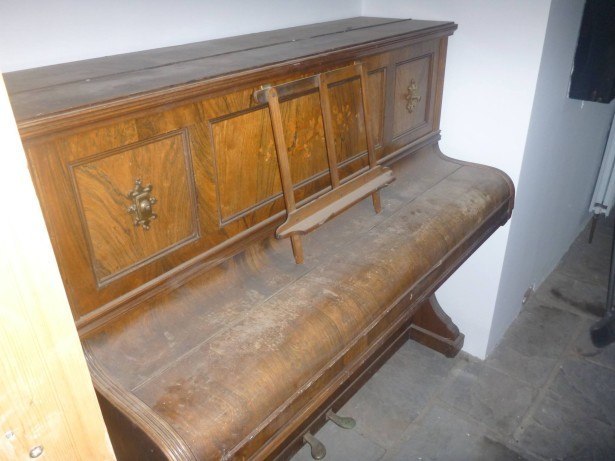I moved flats again recently. I am so nomadic, it was my fifth move in the same city, my eight move in Poland and probably my 30th flat/house move in life. It was a lot of heavy lifting. But at least I didn’t have to move a piano…
Pianos are expensive, heavy, and fragile. Moving a piano from one location to another is a complex, delicate operation that you cannot afford to get wrong. If you mess up, you risk not only damaging a valuable instrument but also causing yourself injury. Professional piano removals are the most reliable moving method but if you are interested in tackling the job solo, pay attention to the following.
The Weight Distribution
Pianos are top-heavy with light, delicate legs. When moving a piano, you must understand that it is prone to tipping over and that you must carefully keep everything balanced. A piano is full of delicate components that must remain stable. A scratched or dented piano exterior is unfortunate, but damaged internals can be catastrophic. If you are moving a piano and it tips over, there is a risk of injury to you and those helping you. Always make sure you know exactly how heavy your piano is and where the weight distribution is before you attempt moving it.
Proper Teamwork
Moving a piano requires at least four people. Two people should lift the piano while the other two handle any equipment and guide the lifters around corners and into the moving truck. Teamwork and clear communication are vital. If one of the lifters tries to pull the piano in the wrong direction, an accident is guaranteed to happen.
Prepare your Team in Advance
Everyone on your moving team must wear comfortable clothing, trainers and avoid wearing anything like jewellery that could get caught during the job or scratch the surface. Figure out each member’s role and practice moving something less difficult and valuable first.
Prepare the Piano
One of the reasons you should use professional movers for your piano is that the process requires professional equipment. At a minimum, you need strong furniture straps to lift and carry the piano, and furniture dollies to navigate flat spaces. Do not try and roll your piano further than a few inches on its metal casters since they will break. Some pianos have detachable legs, and you should always take advantage of this feature when available. Wrap the body of the piano in blankets and hold them in place with moving tape. The lid must be closed and locked, and the space stuffed with another blanket for protection.
Balance While Moving
So long as you keep the piano balanced while moving it, you are minimising the chances of any internal damage. Each person assigned to lifting duty should hold onto the sides of the piano. Place a furniture dolly under each side and gently roll it to the moving truck. If you need to tackle a bump, go slowly with one set of wheels at a time. When you get to the ramp of the moving truck, roll the side with the brass keys on first.
Loading the Moving Truck
Knowing how to load a moving truck properly is important. Your piano should be as deep inside the moving truck as possible. There should be boxes and miscellaneous items packed on every side to keep the piano snug. The piano should not move at all during the drive from one location to another.
Welcome your Piano to its new Home
Before the piano leaves the moving truck, you have to know where it belongs in its new home. You need enough space for one or two players, and you should always choose a location near an inner wall to provide maximum protection from mould, moisture and cold air. No matter how carefully you move your piano, it will require tuning after its travels, but you should wait before calling a piano tuner or tackling the job yourself. Pianos need time to settle into a new environment and tuning it within the first month after moving will not be effective.
Moving a Piano is Tough but Possible
A professional company is always the best way to move your piano between locations. However, with enough care and forward-planning, you can take on the job with a group of friends. Remember, take everything as slowly and carefully as possible, and you should be okay. If anything looks to be too difficult, it is better to wait and ask professionals instead of risking damage or injury.

